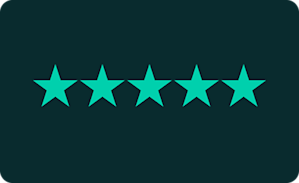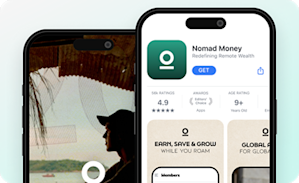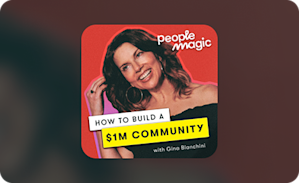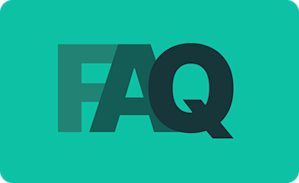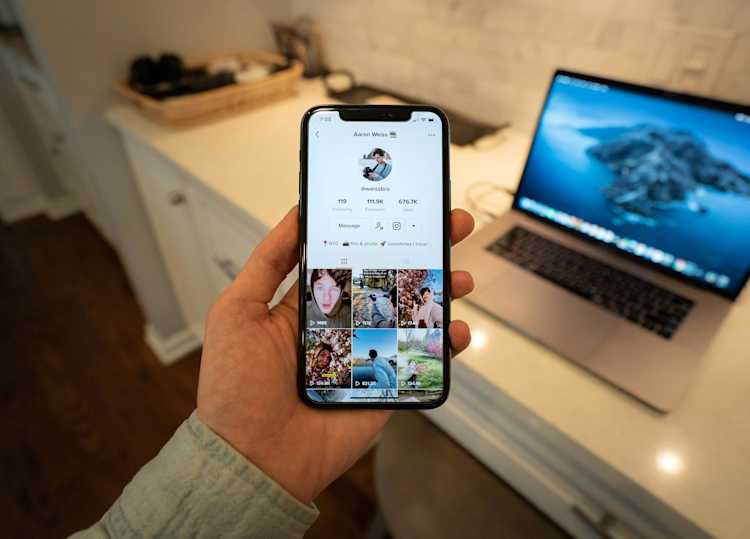Creators & Entrepreneurs
45 Digital Products To Sell (+How To)
If you’re looking at building a digital product business, let us show you the ropes.
Author
Mighty Team
Last Updated
July 30, 2025

Table of Contents
- What are digital products?
- 5 advantages of digital products
- Examples of digital products
- 45 Digital products to sell
- Digital products to sell for community-builders
- Digital products to sell for teachers
- Digital products to sell for writers
- Digital products to sell for developers
- Digital products to sell for artists
- Digital products to sell for designers
- Digital products to sell for graphic designers
- Digital products to sell for musicians
- Digital products to sell for motion artists & videographers
- Digital products to sell for experts
- Digital products to sell for game designers
- Digital products to sell for marketers
- Even more digital products
- How to make money selling digital products
- Ready to start?
In this article
- What are digital products?
- 5 advantages of digital products
- Examples of digital products
- 45 Digital products to sell
- Digital products to sell for community-builders
- Digital products to sell for teachers
- Digital products to sell for writers
- Digital products to sell for developers
- Digital products to sell for artists
- Digital products to sell for designers
- Digital products to sell for graphic designers
- Digital products to sell for musicians
- Digital products to sell for motion artists & videographers
- Digital products to sell for experts
- Digital products to sell for game designers
- Digital products to sell for marketers
- Even more digital products
- How to make money selling digital products
- Ready to start?
It's no secret. Digital products can make millionaires. They change lives. That happens.
But there's also a lot of conflicting info. About digital products. Whether it's the guru promising the dropshipping hack to earn you $10,000/mo, or the latest Amazon craze, sometimes it feels like there's a get-rich-quick secret out there-- and you're missing it!
The truth is, if you're looking for a digital product to sell, jumping on the latest craze is NOT the way to earn money.
The best digital products are a mix of what the market needs and what you do well!
That's what we'll focus on in this post. We'll give you some real, proven strategies for how to make money selling digital products and share 45 digital product ideas (and where to sell them).
What are digital products?
Digital products are virtual assets, items, or experiences that are sold and distributed online. They don’t require physical manufacturing, and instead are developed either directly by programming or else through using existing software and adding your own intellectual property. Digital products are not the same thing as digital goods, which refer to something that has a physical counterpart–for example, a musical album or a video game.
5 advantages of digital products
Low overhead: No manufacturing. No shipping. Just an endless digital asset you can sell. For example, even a physical book needs printing, binding, and shipping. An ebook doesn't.
Scalable: If you create and sell an online course, you can sell it to 50 or 5,000 people.
Easy to build: Early digital products were time-consuming and often required a lot of custom development. But white-label and premade platforms offer you a ton of ready-made options for building products.
No shipping: Digital products don’t require shipping. Fulfillment is done online.
Easy discounts: If you offer a discount on physical products, there’s a chance you’re cutting into your bottom line – your profits. When you offer a discount on a digital product, you’re usually just going to sell more of something that won’t cost you any extra to make anyway.

Examples of digital products
Online Courses
Memberships
Virtual Events
eBooks
Printables
Audiobooks
Website Themes
Apps
Plugins
Music & Movies
PDFs
Check out our Side Hustle Generator for even more options!
45 Digital products to sell
There are a TON of ideas here, and no way you could do all of these. So as you think about making money selling digital products, use this guide as a tool to help you brainstorm.
We’ve tried to organize it by skill, so feel free to jump around using the table of contents to find the ideas that fit what you’re good at!
Digital products to sell for community-builders
1. Community
Difficulty: Easy
Skills Needed: Hosting & Posting
Status: Growing
Revenue Type: Recurring
Revenue Potential: High
Online communities are pretty much the perfect digital product. They check all the boxes for a great community business model.
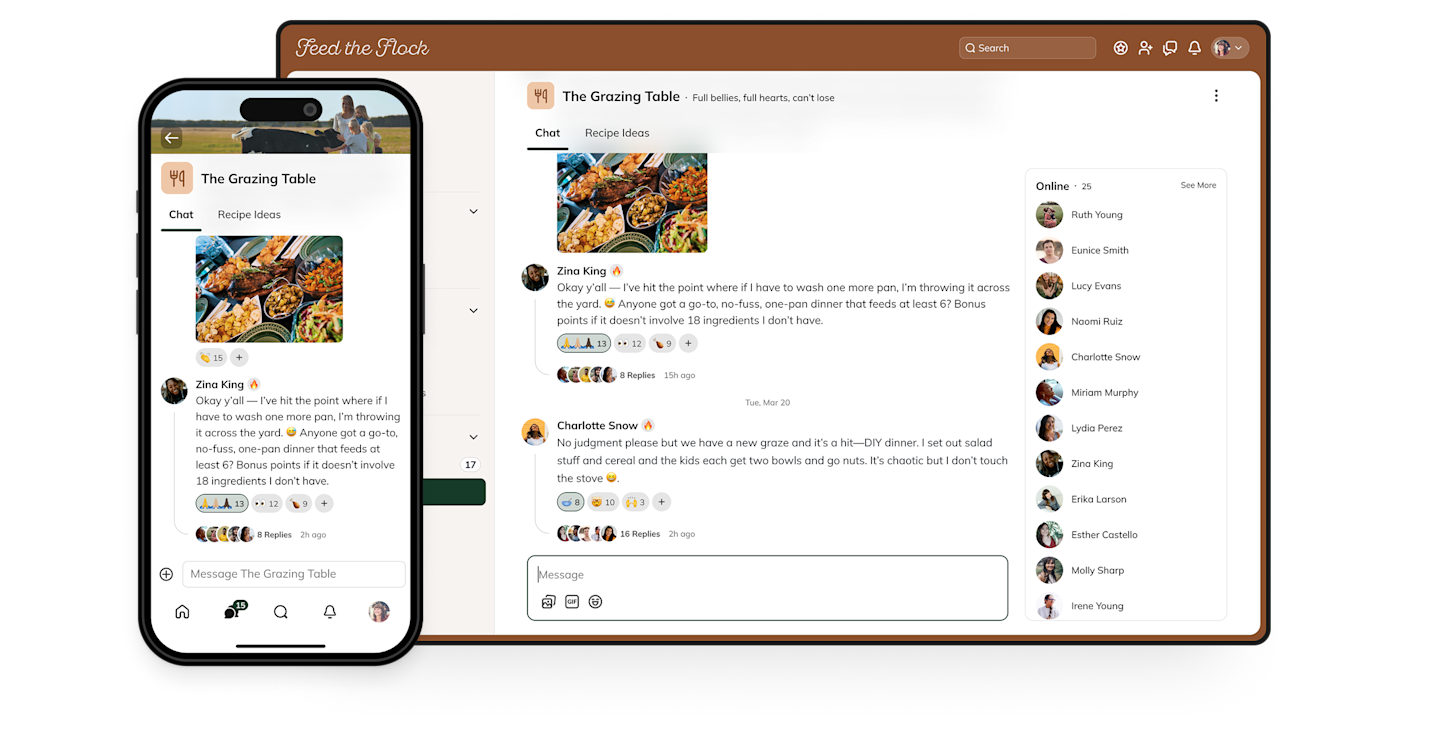
If you want an example of an amazing community business, you should check out Ashley Fox’s story. Ashley left her “dream job” on Wall Street and decided to devote her life to helping the other 99% build wealth. The result – The Wealth Builder’s Community – brings people together to find financial freedom.
It doesn't take a ton of work upfront. No sinking a month into building something only to find out that it doesn't sell. You can just invite your first members and get started.
And it's a recurring revenue model. Of course, there will be some membership churn over time. That's normal. But if you do the background work we talked about above, a lot of people will stay and love your community for a long time. That means your income will snowball.
Communities also thrive on user-generated content, making it a business that can run and grow itself.
And by the way, people love communities. They fit our natural human desire to connect and belong, and they're way less personal than a product you download and have to do on your own. This is also why communities are a must-have add-on for great courses and events too.
How to sell community as a digital product
Use a community platform like Mighty Networks that will help you bring members together, sell memberships and bundles, and add features like forums, member profiles, livestreaming, courses, live events, premium groups, and more! Mighty is even software that's built to boost member engagement.
Try the platform with the most $1 million courses and communities. It's free for 14 days!
2. Events
Difficulty: Easy
Skills Needed: Hosting & Planning
Status: Growing
Revenue Type: One Time OR Recurring
Revenue Potential: High
If you are looking and how to make money selling digital products, consider hosting virtual events.
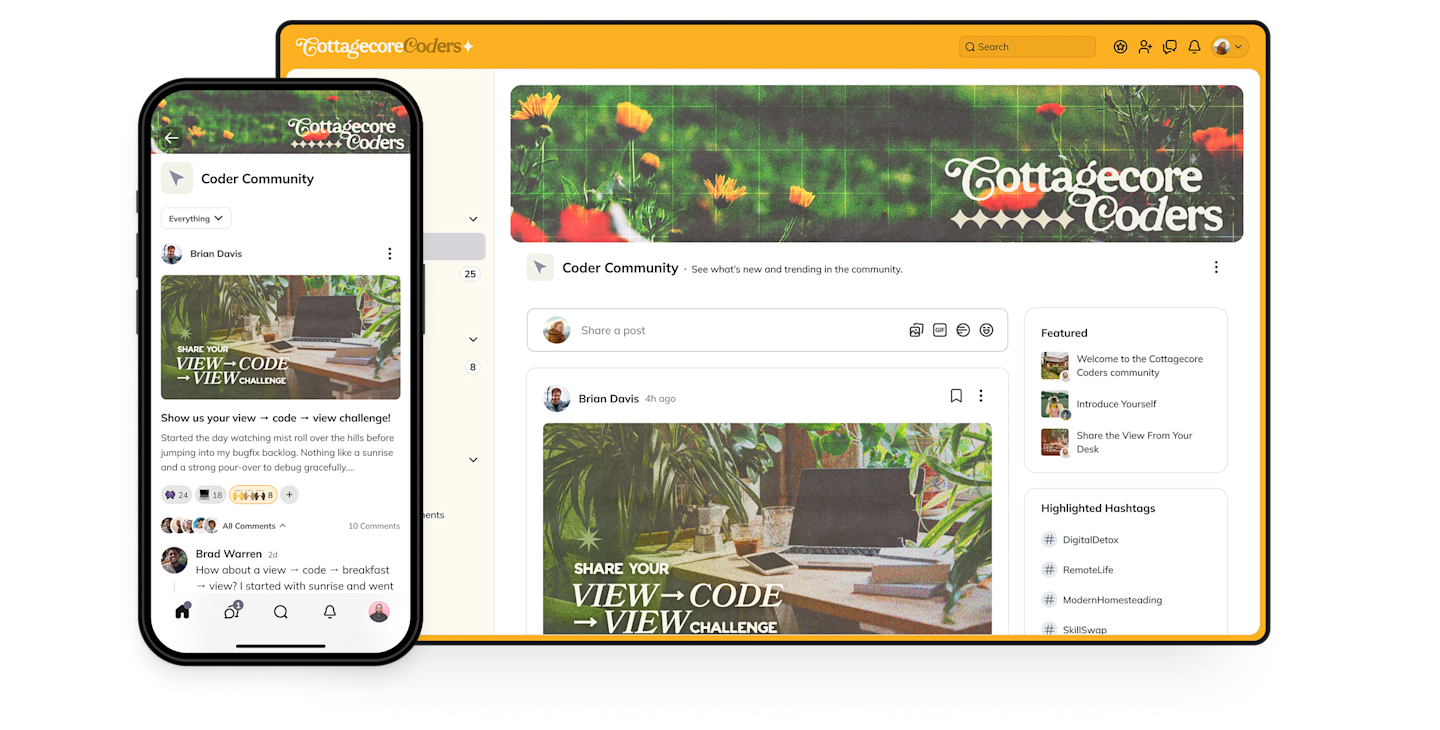
Make sure to try our event name generator too!
How to sell events as a digital product
Choose a virtual event platform like Mighty that will let you sell tickets, plan, and host an event all in one place. Make sure it has an app too!
Digital products to sell for teachers
3. Pre-recorded Courses
Difficulty: Moderate
Skills Needed: Presenting & Organizing
Status: Stable
Revenue Type: One Time
Revenue Potential: High
The old faithful of digital courses was the asynchronous course, that you create in advance and people watch on their own time. There are some great advantages to pre-recorded courses, including the fact that they work well for learners who need the time to pause and replay AND that students can watch them at their leisure.
There’s still room for asynchronous courses–it’s a huge chunk of the online learning market that’s projected to be worth $239bn annually by 2027.
How to sell asynchronous courses as digital products
Use an online course platform that gives you a comprehensive LMS and lets you keep all the revenue from your course. A great course platform will make it easy to bundle courses with other goodies, add in course communities, and even instantly outline your course.
You can use an online course marketplace like Skillshare (but you’ll earn much less from your course).
4. Live courses
Difficulty: Moderate
Skills Needed: Presenting & Organizing
Status: Growing
Revenue Type: One Time
Revenue Potential: High
But we’re also seeing a huge and growing desire for cohort-based, synchronous courses – where people come together and learn live, getting feedback from an instructor and having the chance to meet fellow students.
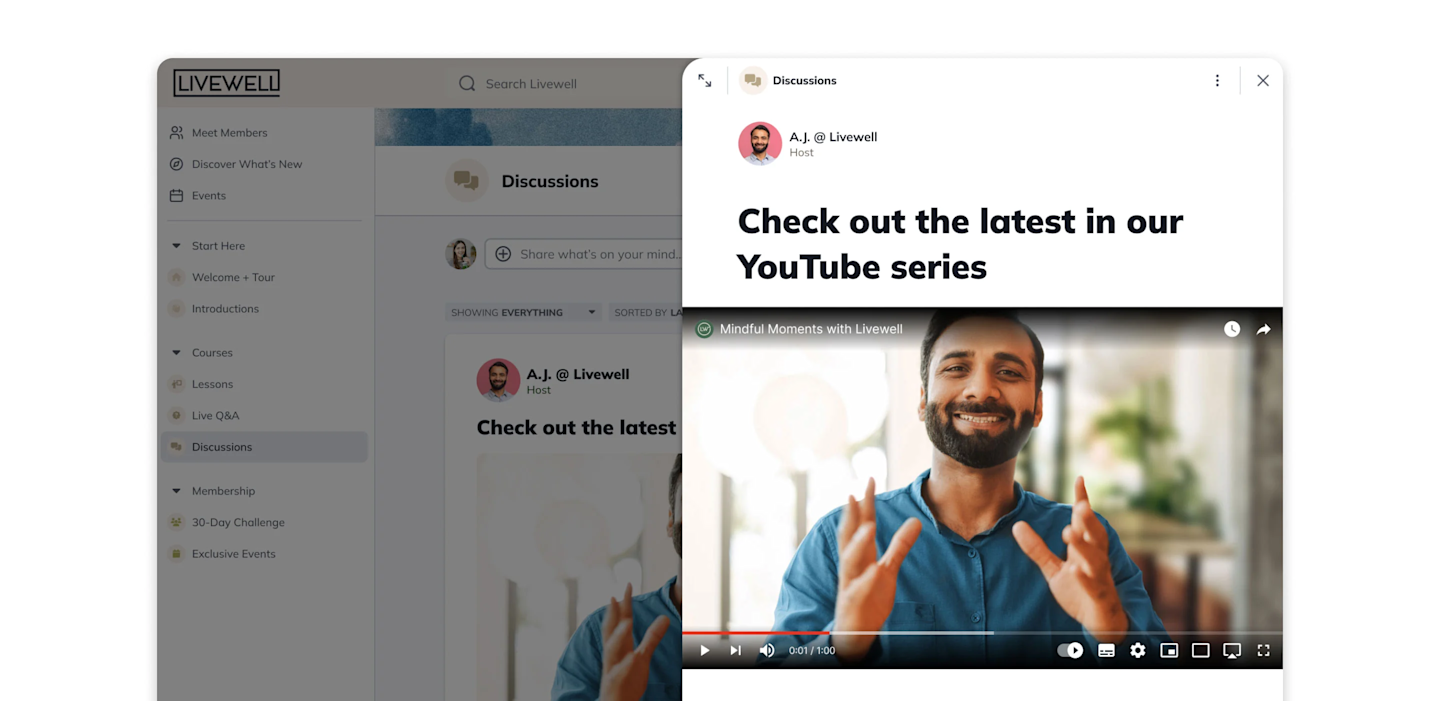
One example of a course-based business we love (that has community along with it) is Leigh Metcalf’s awesome sewing-based business: Topstich Makers.
Cohort courses are growing–people love learning live in real-time with other students. And with the right platform, you can always sell a recording of your live course if you decide to switch to asynchronous learning.
How to sell synchronous courses as digital products
Choose a platform that lets you mix a virtual event (incl. livestreaming) with a course platform, community discussion features, and charging for the course.
5. Lesson plans
Difficulty: Easy
Skills Needed: Presenting & Organizing
Status: Stable
Revenue Type: One Time
Revenue Potential: Low
If you’re a teacher teaching in a conventional classroom, the obvious idea for a digital product from your expertise is to sell lesson plans! You’re going to all the work anyway, might as well share the wealth and get paid for it.
How to sell lesson plans as a digital product
Use a lesson plan marketplace like Teacha or Classful–they’ll take care of hosting.
Or, build your own website with an e-commerce platform or plugin and sell your lesson plans there. But you’ll need to figure out how to market it!
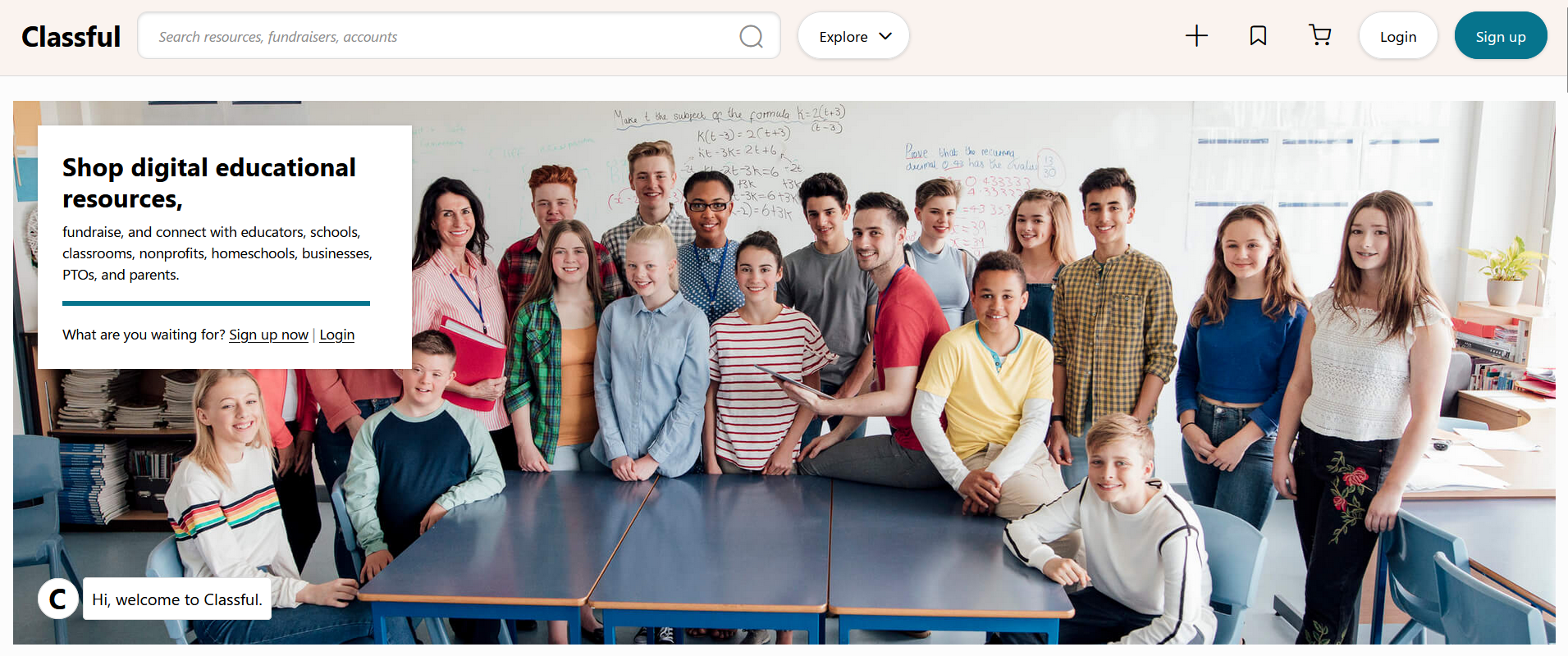
Digital products to sell for writers
6. Ebooks
Difficulty: Moderate
Skills Needed: Writing and Editing
Status: Stable
Revenue Type: One Time
Revenue Potential: Low to Medium
With an ebook, you can create an amazing digital product that people can explore on their own time. You could use a platform like Amazon KDP to sell it, or find one of the many other ebook software options out there to host and deliver it.
There's a lot of competition, so you'll need to create an ebook that is exciting to read but also offers a ton of value. But a great ebook, especially if it's optimized for search on a platform like Amazon, can bring in revenue month after month.
How to sell ebooks as a digital product
Use a platform like Reedsy to typeset your book and choose a platform to sell on.
You can sell on your existing website if you have traffic.
You can also sell on an online bookstore: e.g. Kindle Direct Publishing (Amazon). Amazon lets you keep somewhere between 30% or 70% of the revenue–which isn't great, but Amazon does have a huge reach.

7. Newsletters
Difficulty: Easy
Skills Needed: Writing and Editing
Status: Stable
Revenue Type: Recurring
Revenue Potential: Low to Medium
If you love to write, creating a paid newsletter might be a better option than either an ebook or a blog. Made popular by platforms like Substack, having subscribers pay for your newsletter on a regular basis can unlock recurring revenue AND help you make money off the thing you love to do: writing.
Obviously, you’ll need to multiply a subscription cost by your number of users to get a sense of how much you can earn–Substack says that the average subscription cost is $5-$10/mo.
How to sell newsletters as a digital product
Use a newsletter platform that helps you monetize a newsletter–Substack, Gumroad, or Patreon are options for this.
More and more email platforms are building-in e-commerce options–meaning that your email marketing software (e.g. Mailchimp or ConvertKit) could be an option too.
Use ConvertKit and Mighty Networks together to create a newsletter community!
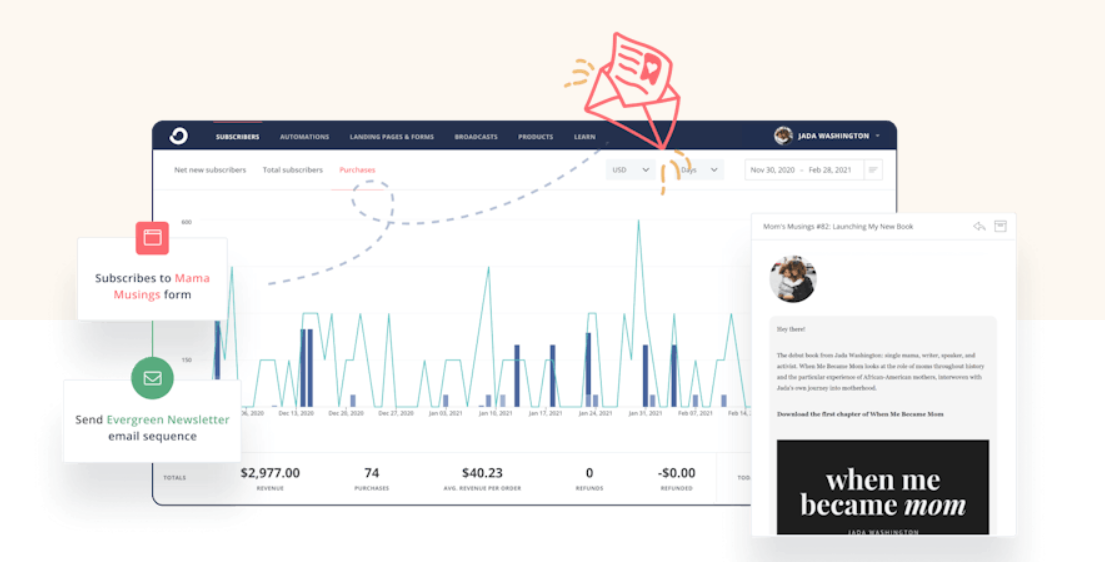
8. Premium Blog Content
Difficulty: Moderate
Skills Needed: Writing and Editing
Status: In Decline
Revenue Type: Recurring or One-Time
Revenue Potential: Low to Medium
Finally, some writers sell premium blog content. You would gate off part of your blog and require memberships from premium subscribers to access it. Although it’s still a possibility, premium blog content is in decline as content creators move elsewhere.
How to sell premium blog content as a digital product
Use a membership plugin as a gate for a WordPress blog (e.g. MemberPress)
Or, blog on a third-party platform like Medium that comes with an audience and pays its writers a portion of the premium memberships it sells.
Digital products to sell for developers
9. Software
Difficulty: High
Skills Needed: Developing
Status: Stable
Revenue Type: Recurring or One-Time
Revenue Potential: High
If you know how to code, or are willing to find someone who can, building software can be a really lucrative digital product. After all, software has made some people very wealthy. Consider Tobias Lütke, who built his own e-commerce software so that he could sell snowboards. That software is known as Shopify today, and it’s a $13 billion company.
While you need to know what you're doing to create software or an app, the potential upside can be huge.
How to sell software as a digital product
Sell it as a pay-per-use or subscription service (this is what most SaaS companies do). You’ll need to figure out how to market it.
Or use marketplaces that specialize in selling software. For example, CodeCanyon sells all sorts of software solutions.
10. Apps
Difficulty: Moderate
Skills Needed: Developing (If Doing it Yourself)
Status: Growing
Revenue Type: Recurring or One-Time
Revenue Potential: High
Native apps have a lot of potential as digital products. In some cases, this means that you’re a developer who’s going to build your own app. But you don’t need to be. There are a ton of great options to create your own white-label app that you can sell and charge for.
With Mighty Pro, we build beautiful, custom apps for brands and creators.
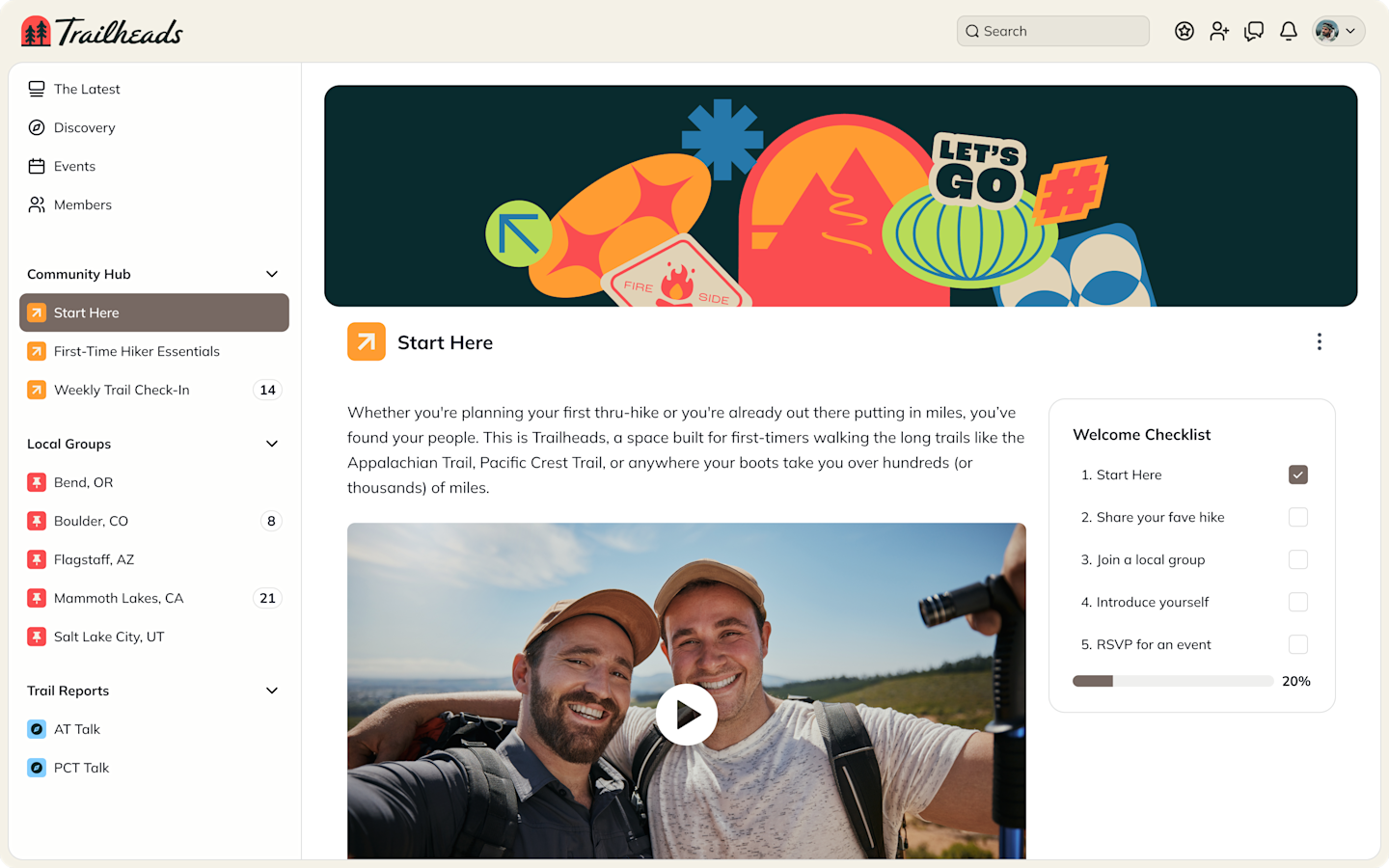
How to sell an app as a digital product
Build your own app and figure out how to monetize it.
Come build with Mighty Pro! We’ll take care of the building and work with you on strategy.
11. Software plugins and extensions
Difficulty: Moderate
Skills Needed: Developing
Status: Growing
Revenue Type: Recurring or One-Time
Revenue Potential: High
Software plugins and extensions are in demand, since we constantly need more tools to help navigate all sorts of challenges online.
For example, most of us know about the writing tool Grammarly, which helps edit your writing live in your browser. It’s an example of an extension that has high popularity and monetizes with premium fees.
How to sell software plugins and extensions as a digital product
Create an extension that’s compatible with Chrome or Firefox and sell monthly memberships.

Digital products to sell for artists
12. Printables
Difficulty: Moderate
Skills Needed: Artistic skills
Status: Stable
Revenue Type: One-Time
Revenue Potential: Low to Medium
Printables have been around for a while, but they are still a digital product that can pay off–and they’re perfect for artists!
If you look on Etsy, one of the most common printables right now is wall art. You’ll find cool designs and artistry–retro florals are so hot right now–and some of the top creators are selling thousands every month.
How to sell printables as a digital product
Printables are commonly sold on marketplaces like Etsy.
You could use an e-commerce site or a plug-in for your existing website like Shopify to make your own store. The trick is, you'd have to be able to drive traffic to it.
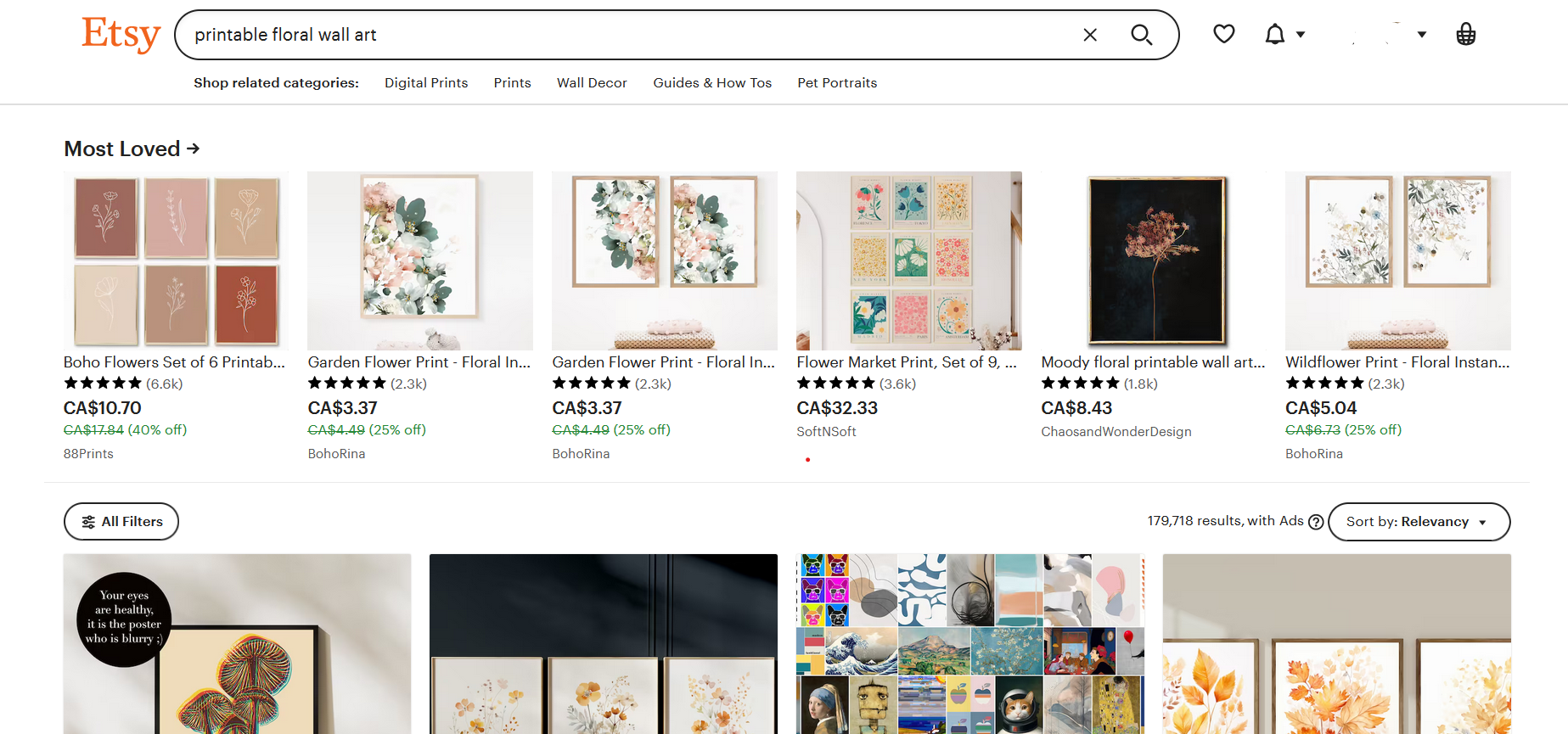
13. Print-on-demand merchandise
Difficulty: Moderate
Skills Needed: Artistic & Design
Status: Growing
Revenue Type: One-Time
Revenue Potential: Medium
Print-on-demand is different from printables, because people don't print their own. The merchandise is created by a print-on-demand company like Printify. This isn’t technically a digital product–there is a physical product that’s produced.
But since you do no work to create a product, and you create a digital file that is turned into a physical product, we’ll give it a place on this list.
How to sell print-on-demand merch as a digital product
Again, most people opt to use a platform like Etsy.
Or, you can sell on your own e-commerce site if you can figure out how to get traffic to your store through marketing.

14. Stock photos
Difficulty: Low
Skills Needed: Photography
Status: In Decline
Revenue Type: One-Time
Revenue Potential: Low
Stock photos were all the rage a decade ago. Photographers could put their creations online and sell the rights–often two brands and businesses that needed stock photos for websites, magazines, newsletters, etc.
The business model for selling stock photos has changed a lot. Sites like Unsplash and Pixabay give you photos at scale for free and include a commercial license. Brands like Microsoft have even started creating stock photos to promote images of their products. And with AI photo generation, even stock photos are declining.
How to sell stock photos as a digital product
You can still make some money selling stock photos on a site like Adobe Stock where individual photographers can sell premium photos. And some brands will pay for unique photos nobody else has.
You can upload your photos to a photo membership site, like Shutterstock, which gives users access to photo libraries and you earn a portion of Shutterstock’s earnings.
You can sell photos on Etsy or your own website.

15. NFTs
Difficulty: Moderate
Skills Needed: Artistic & Design
Status: Stable
Revenue Type: One-Time
Revenue Potential: Low to Medium
The explosion of non-fungible tokens has changed the way that we think about digital art. An NFT makes it possible to code digital art in blockchain that allows for ownership.
A few years back, NFTs caused a feeding frenzy of buyers spending millions. The meme of disaster girl. Crypto punks. Jack Dorsey's first tweet. The media captured the excitement.
The numbers have come back down to earth a bit–even crashing in some cases. But it still looks like NFTs are here to stay. The NFT market is stabilizing now, and projected to grow year over year.
How to sell NFTs as digital art
If you check an NFT market like OpenSea, you'll see that lots of creators are still selling digital art.

Digital products to sell for designers
16. WordPress themes
Difficulty: Moderate
Skills Needed: Web Design
Status: In Decline
Revenue Type: One-Time or Recurring
Revenue Potential: Medium to High
WordPress themes were once a hot digital product. If you were a designer, you could create a visual look for WordPress that could be sold.
It's still possible to make money selling WordPress themes, but there’s less demand. Programs like Elementor and Divvy can turn a WordPress site into a drag-and-drop editor, with lots of templates to choose from.
And fewer people are building on WordPress, as website companies like Squarespace and Wix take more and more of the market share.
But, WordPress is still the most popular content management system, and for this reason, there are still opportunities here.
How to sell WordPress themes as a digital product
You can sell on code marketplace websites like Themeforest (Envato), Codester or CodeCanyon.
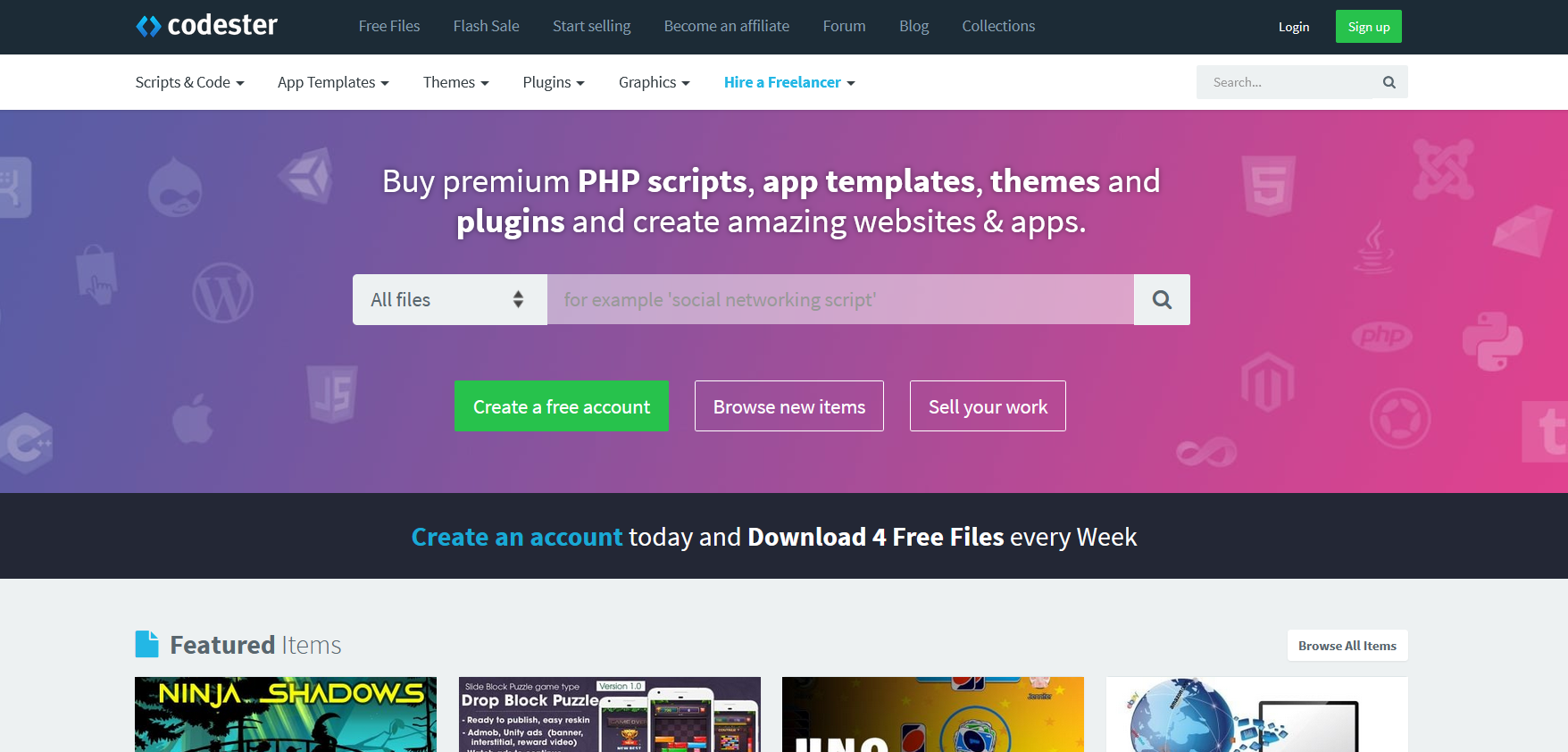
17. Mobile app templates
Difficulty: High
Skills Needed: Development and Design
Status: Growing
Revenue Type: One-Time or Recurring
Revenue Potential: Medium to High
The need for mobile apps is growing. 60% of all internet users are on mobile, and native apps are projected to grow to $755bn by 2027. For this reason, when people are looking for DIY app design, some will opt for pre-made mobile app templates.
How to sell mobile app templates as a digital product
The best way is probably to create a design and sell it on a marketplace for mobile app templates like Codester, Sell My Source Code, or Envato.
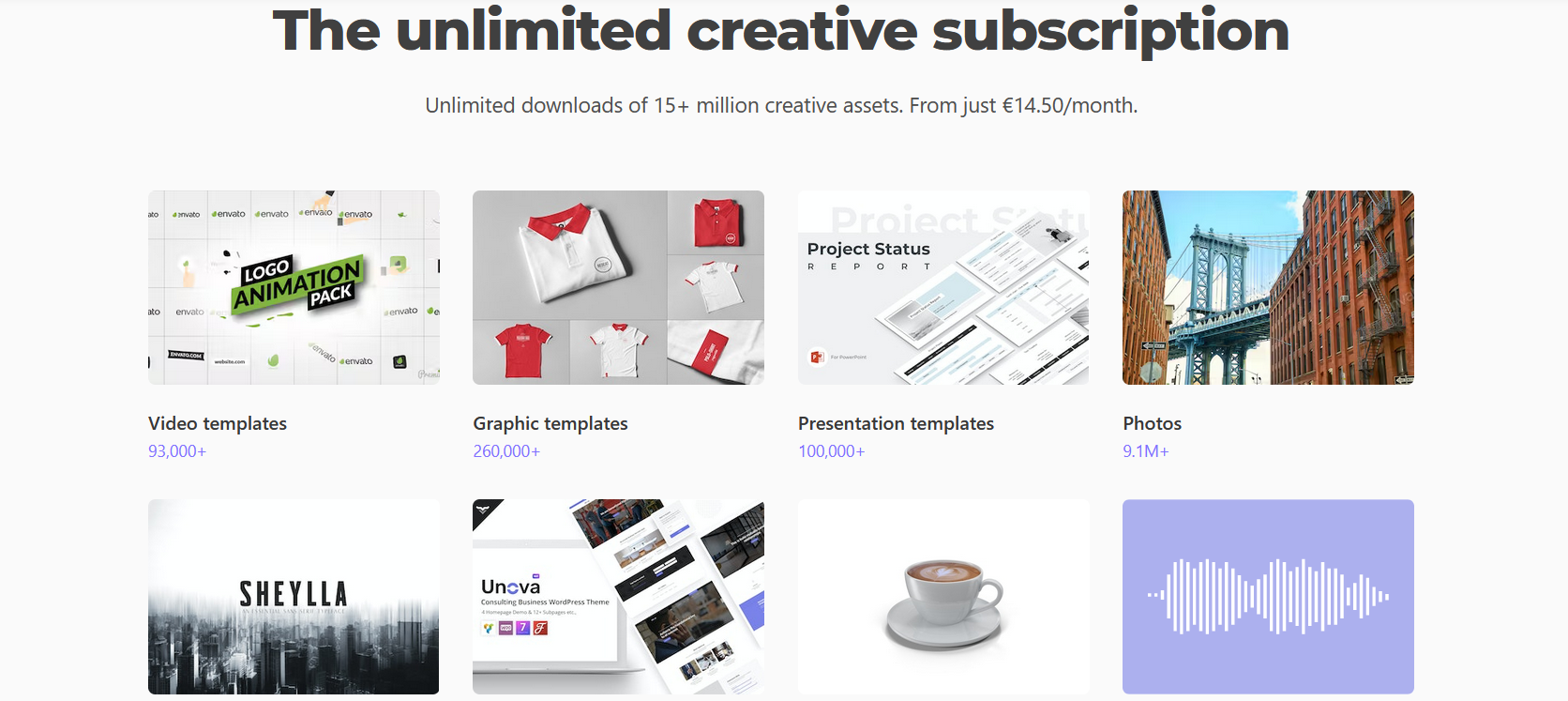
Digital products to sell for graphic designers
18. 3D models and assets
Difficulty: High
Skills Needed: 3D Design
Status: Growing
Revenue Type: One-Time
Revenue Potential: Medium to High
The 3D printing industry is growing, although it hasn't yet hit the threshold for mass adoption. But with the potential to 3D print everything from houses to organs to food, this is a major growth area.
While we won't advocate for printing food here–that's a bit over our heads–3D printing templates are an option!
How to sell 3D plans as a digital product
Use a marketplace platform like Turbosquid or Shapeway. You can also sell your designs on Etsy.
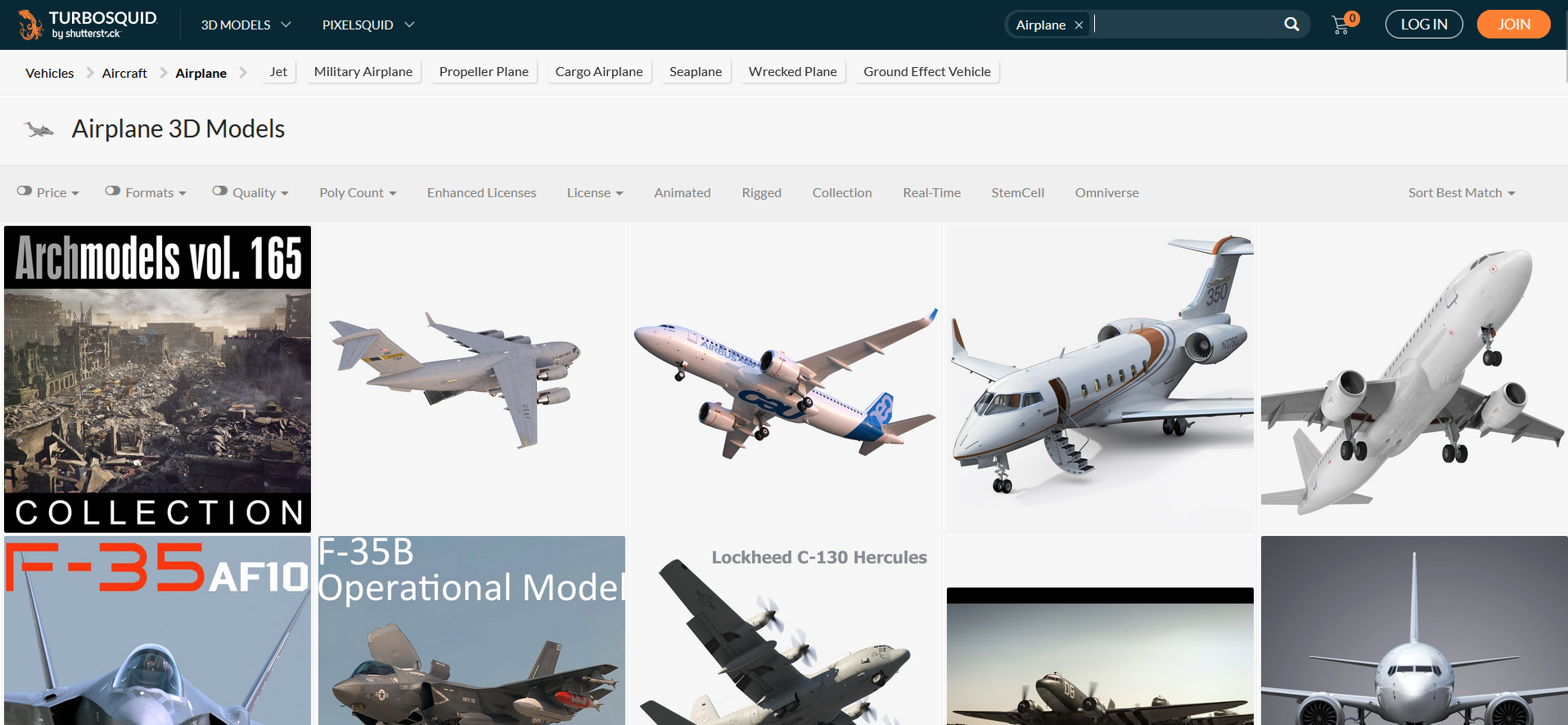
19. Photoshop & Lightroom presets
Difficulty: Moderate
Skills Needed: Artistic & Design
Status: Declining
Revenue Type: One-Time
Revenue Potential: Low
When it comes to images, Adobe Photoshop and Lightroom are the industry-standard editing software. And like the other types of software on this list, there’s a market for creating image filters and presets for Photoshop and Lightroom.
But remember, both Photoshop and Lightroom are constantly improving capabilities to do things that premium filters can do–meaning that this digital product is in slight decline.
How to sell Photoshop & Lightroom presets as a digital product
Use a site like Creative Market that lets you sell directly (they take a cut).
Etsy has made it easier and easier to sell files–so you can also sell templates on Etsy.
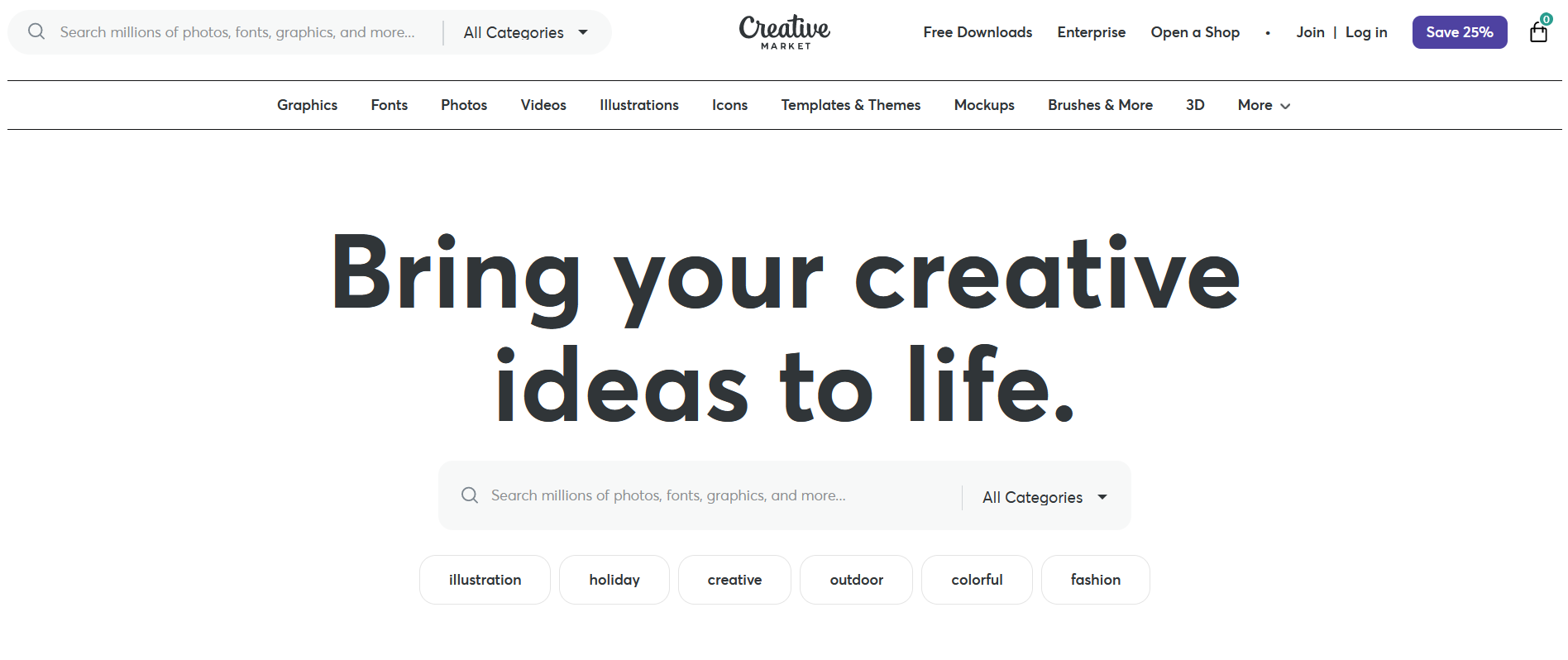
20. Graphic design templates (e.g., logos, brochures)
Difficulty: Moderate
Skills Needed: Artistic & Design
Status: Declining
Revenue Type: One-Time
Revenue Potential: Medium
One of the potential ways to create a side hustle or income from graphic design is by producing templates for people to buy.
You build the template that can be used in a design program. People pay to download and use them.
There's still some opportunity here, as professional graphic designers will pay for templates and fonts (which we'll get to). But the increase of easy design tools like Canva and Adobe Express has taken a bite out of this market.
How to sell design templates as a digital product
Ironically, your best chance at earning from design templates might just be to sell them through Canva or Adobe. You can create an account, upload your own templates, and get royalties when people use them.
Otherwise, your options are probably Etsy or your own website.
21. Fonts and typography
Difficulty: Hard
Skills Needed: Artistic & Design
Status: Stable
Revenue Type: One-Time or Recurring
Revenue Potential: Low to High
Brands want brand looks that are unique and memorable, and having a font is part of this. So graphic designers buy fonts.
Building fonts requires drawing fonts out and then using a program like Adobe Illustrator to build each letter individually, understanding how they connect together (custom-making ligatures), and then knowing how to package them as font sets.
Most often, fonts are sold on a licensing model. Brands pay you for the right to use them commercially.
Fonts sold on font websites can earn you anywhere from $10-$100 per sale–the marketplace websites take a cut. The most expensive fonts on My Fonts are a little over $1,000.
Unfortunately, many font creators earn pennies from their fonts. Those earning top-dollar are rare (even selling a $1,000 font once a month wouldn’t be enough to live off of).
How to sell fonts as digital products
Sell your fonts on one of the many font websites: e.g., Myfonts, So Fontsy, or Font Squirrel.
Put your font on a subscription site like Adobe Fonts (you need to apply and be approved) or Envato ($2 per font use). The margins are pretty low for this option.
Sell fonts directly to brands or other graphic designers.
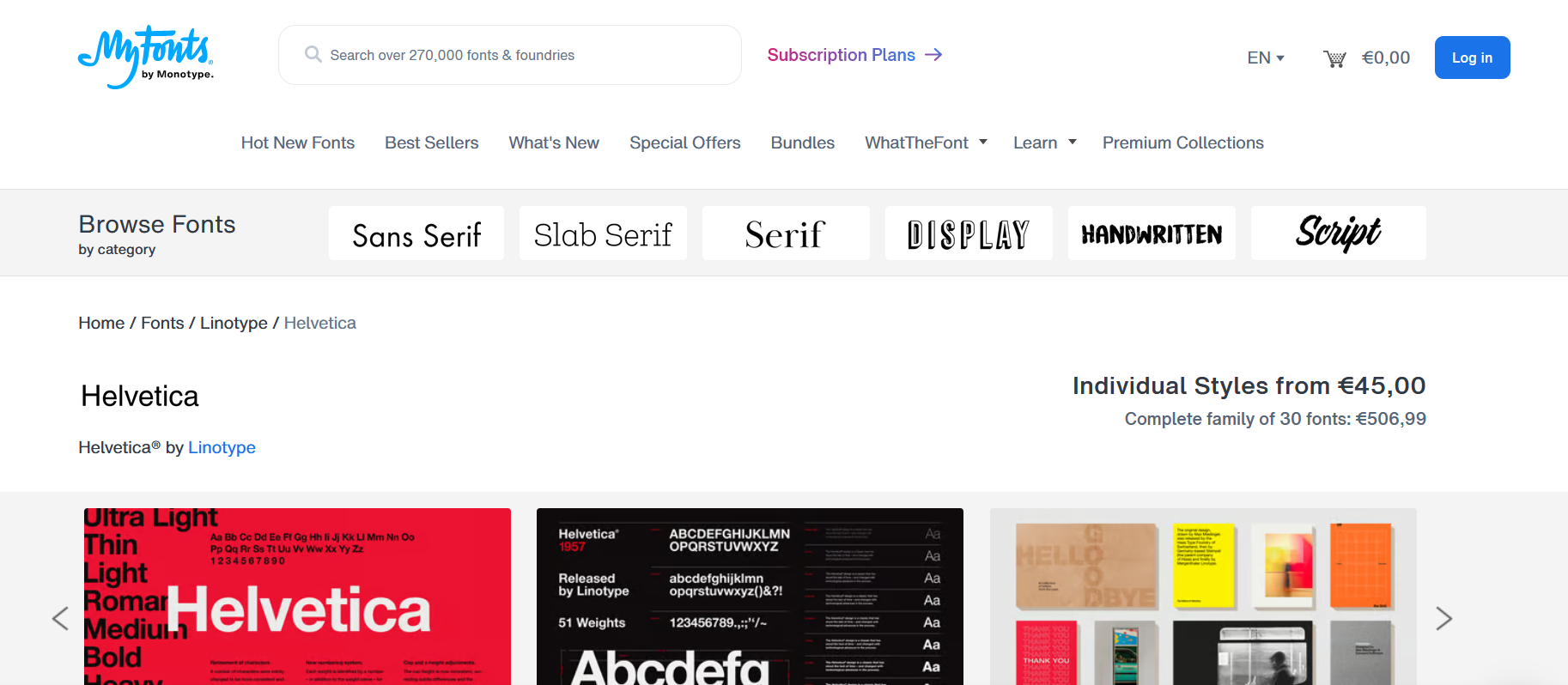
22. Vector graphics
Difficulty: Moderate
Skills Needed: Artistic & Design
Status: Stable
Revenue Type: One-Time or Recurring
Revenue Potential: Low to Medium
For designers who know how to make vector graphics, there’s also a healthy demand for these. From icons to cute images, vector graphics are in the designs we look at every day.
And for many designers, it’s more efficient to buy them than to make their own.
How to sell vector graphics as a digital product
Add your vector graphics to a marketplace like Envato or iStockPhoto
Post on a marketplace like Flaticon or IconFinder (which have a 50% revenue share with creators)
Or sell on your own website!
23. Digital scrapbooking kits
Difficulty: Easy
Skills Needed: Artistic & Design
Status: Stable
Revenue Type: One-Time
Revenue Potential: Low
Digital scrapbooking kits help people build and style digital collections for their memories. And if you’re a designer, it’s easy to build them and sell them!
How to sell digital scrapbooking kits as a digital product
Use a marketplace like Etsy.
Sell on a blog or personal website.
Digital products to sell for musicians
24. Music tracks (royalty-free)
Difficulty: Hard
Skills Needed: Music Composition and Production
Status: Stable
Revenue Type: One-Time or Recurring
Revenue Potential: Low to Medium
It's pretty common knowledge that making a living as a musician has gotten more difficult.
But the thing is, there's still an opportunity to make money with music as a digital product. TV shows, commercials, and brand campaigns all look for original music. And while there is some free music out there, there are still people willing to pay for something unique.
How to sell your music as a digital product
You can sign up for a site like Motion Array, getting royalties when people use your music for their videos.
You can go through the process of licensing your music and try to sell it to TV shows, movies, etc.
Or sell your music individually to your fans on Bandcamp with subscriptions.
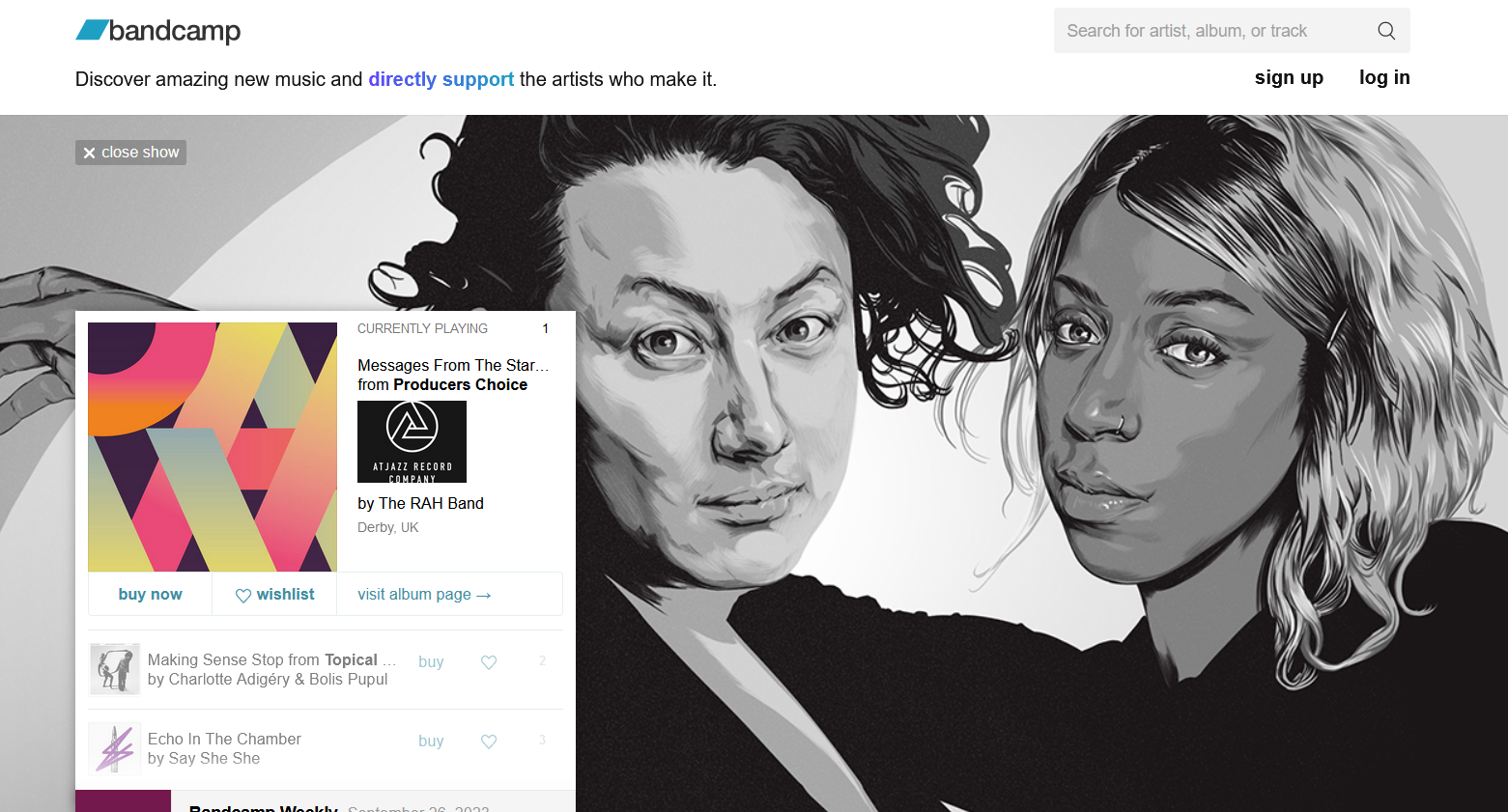
25. Sound effects and audio clips
Difficulty: Hard
Skills Needed: Music Composition and Production
Status: Stable
Revenue Type: One-Time or Recurring
Revenue Potential: Low
It’s not just music you can sell. If your jam is other things audio, foley, sound effects, etc., you can sell these too.
How to sell sound effects as a digital product
Look for sites that are marketplaces featuring sound effects and music clips: AudioJungle, Envato, Dreamtime.
Apply to be included in a membership stock sound library like Adobe Stock or Shutterstock.
You could also hit up individual creators, podcast hosts, etc., and let it be known that you create unique sound effects or audio clips they could own.
Digital products to sell for motion artists & videographers
26. Video templates and animations
Difficulty: Hard
Skills Needed: Motion Graphics & Video Editing
Status: Stable
Revenue Type: One-Time or Recurring
Revenue Potential: Low to Medium
For people with motion graphics and video editing skills, there's an opportunity to make money selling video templates and animations.
Basically, you can create premium templates for things like YouTube intros and outros, social media shorts or stories, or corporate brand campaigns. The most common motion graphics are probably for Adobe After Effects, the industry standard for video editing, but there are other programs out there too.
How to sell your motion graphic templates as digital products
Sign up for a commercial membership site like MotionArray or Adobe Stock (royalty-based).
Sign up for a commercial marketplace like Filtergrade, where you can set the price for your products and keep more sales revenue.
Create your own site and sell there. For example, the YouTuber Peter McKinnon has a huge following of video editors and uses his videos to sell motion graphics templates directly on his site.
YouTuber Peter McKinnon sells motion graphics directly on his website
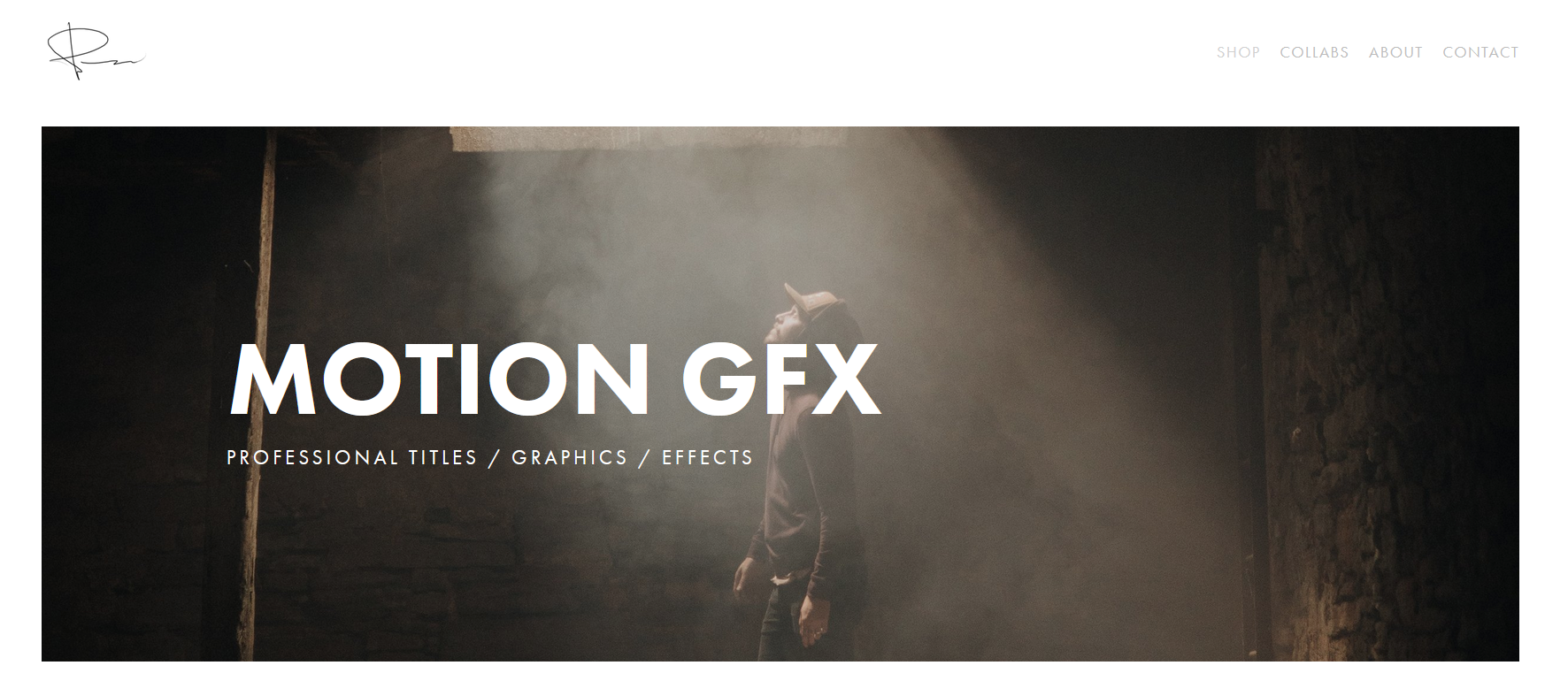
Digital products to sell for experts
If you’re an expert with in-demand knowledge to share, the digital products you might create will be very different. We talked about some of these from the top: courses, community, etc., but here are a few more.
27. Podcasts
Difficulty: Moderate
Skills Needed: Knowledge & Presentation Skills
Status: Stable
Revenue Type: One-Time or Recurring
Revenue Potential: Low to High
Podcasts have been a thing for a long time, and during the pandemic, they became even more of a thing. That and baking homemade sourdough bread.
If you’re an expert or even just someone who likes to talk and is moderately good at performing, a podcast can be a really great digital product. It takes some work to produce, but with tools like PodBean it’s getting easier than ever.
How to turn a podcast into a digital product
Find some way to monetize your podcast.
28. Online consulting or coaching sessions
Difficulty: Easy
Skills Needed: Knowledge & Communication Skills
Status: Stable
Revenue Type: One-Time or Recurring
Revenue Potential: High
Another great way to monetize expertise is with online consulting or coaching sessions–where you lend your expertise to someone directly.
Consulting and coaching aren’t necessarily digital products, they’re services. But consultants and coaches can turn their expertise into what’s called a productized service.
Basically, you would create some sort of intellectual property or program to sell. For example, a human resources consultant might create an “Organizational Wellness Survey”.
How to create a productized service
Protect your IP (if applicable) and find companies to license it to.
Use a platform like Mighty Networks that helps you build community, courses, and events and scale your impact easily!
29. Surveys
Difficulty: Moderate
Skills Needed: Data Science + Expert Knowledge
Status: Stable
Revenue Type: One-Time
Revenue Potential: Low to Medium
If you’re an expert, one of the ways to monetize knowledge into a digital product is with surveys. You can use surveys for all sorts of metrics, from employee satisfaction to personality types.
If you want a cool example, the website 16 Personalities took the Myers-Briggs Test–a popular personality-type test–and made it mainstream.
How to monetize your expertise with a test
Find a way to build and deliver your test (e.g. a personality test), either with a white-label software or from scratch. Find a monetization model that fits your brand.
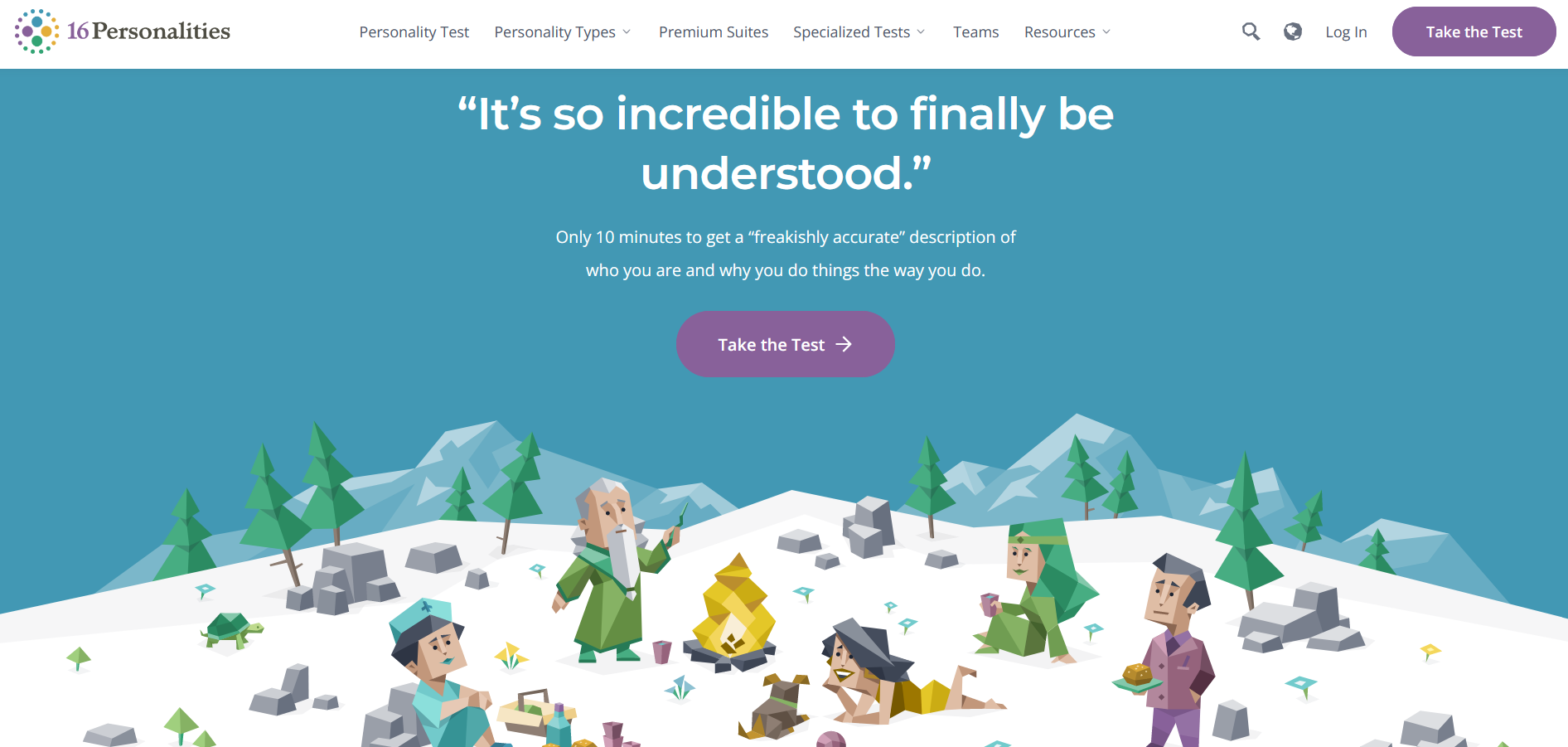
30. Excel templates (e.g., budget spreadsheets)
Difficulty: Moderate
Skills Needed: Excel
Status: In Decline
Revenue Type: One-Time
Revenue Potential: Low to Medium
Excel is hard for most people. But many people need to use it for their jobs. These two facts have led to a burgeoning industry teaching and helping people with Microsoft Excel. In fact, Kat Norton, the creator known as Miss.Excel on TikTok, makes millions teaching people Excel.
But templates are another option. Excel templates might not be the sexiest digital product, but it’s pretty hard to deny they can be incredibly useful for those who need them.
There are a lot of free lessons and templates out there, so the market is a bit saturated. But if you can find a niche and have the ability to create helpful templates, it might be your thing!
How to sell Excel templates as digital products
Try Etsy–one template creator reports earning $280k there last year.
Those with a following on social media like TikTok or YouTube would be able to take their business online by creating their own e-commerce website and selling there.
Digital products to sell for game designers
31. Virtual experiences & products
Difficulty: High
Skills Needed: Developing and World Building
Status: Stable
Revenue Type: One-Time or Recurring
Revenue Potential: Medium
If you’ve looked at online worlds and the metaverse, you might have realized that a few of the options are places to make money. And that’s why you might be able to earn from selling virtual experiences and products.
For example, the platform Roblox allows creator developers to build worlds and monetize–and as long as they’re over 13, they can change Robux earned into real money. Roblox says that it paid out $624 million to creators in 2022.
How to sell virtual experiences and products
Choose a platform you like Roblox that gives you the ability to monetize and start building!
32. Augmented reality filters and apps
Difficulty: High
Skills Needed: Developing
Status: Stable
Revenue Type: One-Time
Revenue Potential: Medium
Augmented reality is growing fast, and AR filters are promising to be a way to earn extra cash.
At the moment, the most common use of AR filters is Facebook and Instagram stories and Messenger, where filters can transform your look. For example, the creator Johanna Jaskowska has built amazing makeup and futuristic facial filters for Instagram.
How to turn AR filters into a digital product
Learn how to use Meta’s Spark AR Studio–it lets you build filters. Then figure out how to monetize. The possibilities here are just emerging.
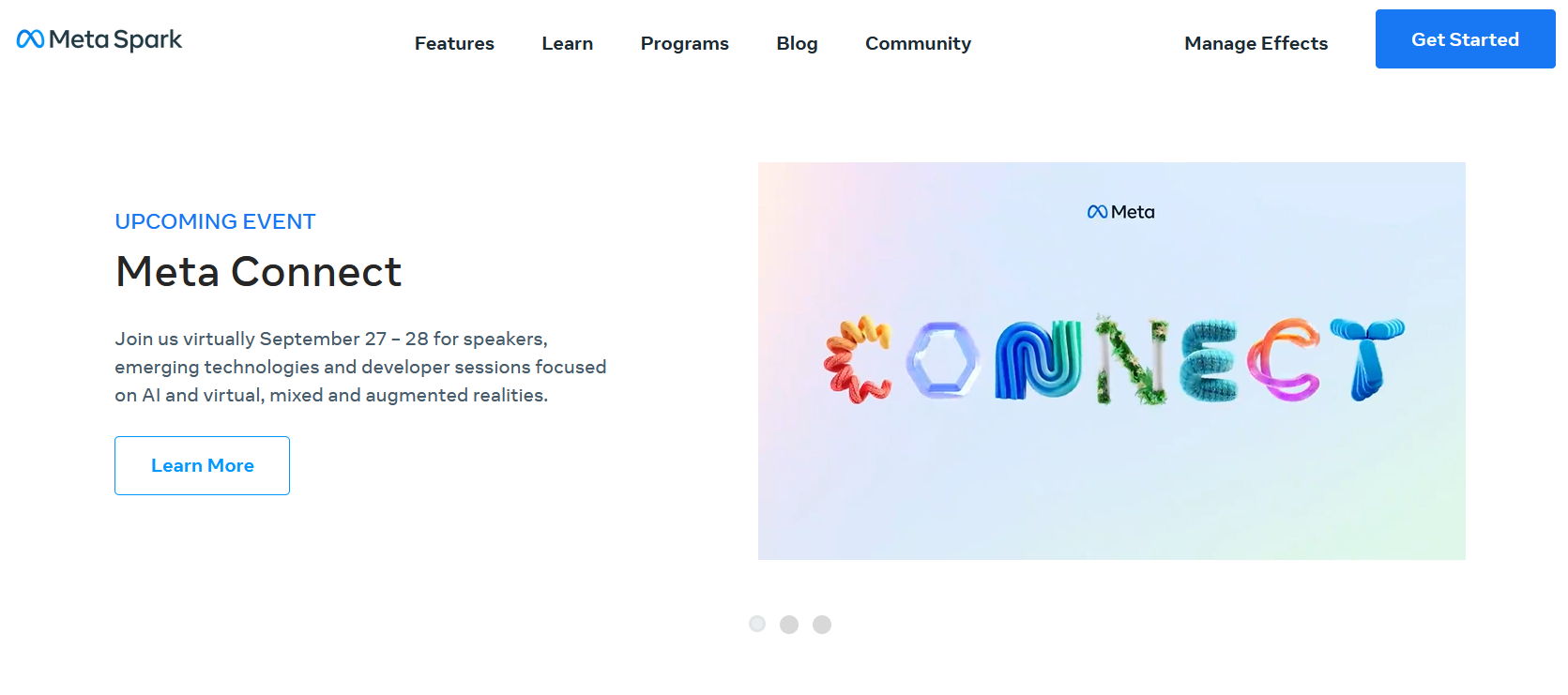
33. Online gaming assets
Difficulty: Moderate
Skills Needed: Developing
Status: Stable
Revenue Type: One-Time
Revenue Potential: Low to Medium
In the same world, there are online gaming assets: things like skins or in-game purchases or metaverse items like clothes. If you can develop virtual products or game features, you can sell them as a digital product.
For example, the more than 25 million players a month who play the game Counter-Strike can build and trade skins for the game–which are primarily weapons. Players will spend real money to pay for these.
How to sell online gaming assets as a digital product
Choose the type of product you want to build. Find a place to sell it. (For example, there are marketplaces for selling Counter-Strike Skins.)
Digital products to sell for marketers
If you have marketing skills and coding skills–or you’re willing to invest in a developer to help you build tools, you might be able to build digital products to help people in your industry work. Here are some ideas.
34. AI Tools
Difficulty: High
Skills Needed: Developing
Status: Stable
Revenue Type: One-Time
Revenue Potential: Medium to High
With the release of ChatGPT, a whole world of AI tools opened up. The APIs can be licensed and used to build amazing digital software. We’ve seen ChatGPT used to build all sorts of tools from testing writing to programming modules.
At Mighty, we’ve even used it to build Mighty Co-Host™, an AI community assistant that can instantly outline courses, improve your writing, prompt discussions in community, and help you find members with things in common.
And it runs our community name generator.
How to sell AI tools as a digital product
There are already some marketplaces out there for AI tools and models, even though it’s a pretty new thing. For example, ModelPlace has a bunch of AI models and is open for submissions.
Otherwise, you might have to build your own website or business to sell your AI solution with.

35. Social media management tools
Difficulty: High
Skills Needed: Developing and Social Media
Status: Stable
Revenue Type: Recurring
Revenue Potential: Medium to High
From advanced analytics tools, to platform-specific planning tools, to all-in-one social schedulers like HootSuite, social media tools have a lot of possibilities.
How to build social media tools as a digital product
Identify a need and either build it yourself or work with a developer to create a valuable tool. It could be a browser extension, an app, or a standalone tool that works with social media APIs.
Sell on a subscription model.
36. SEO tools
Difficulty: High
Skills Needed: Developing and SEO
Status: Stable
Revenue Type: Recurring
Revenue Potential: Medium to High
One of the other marketing industries that have seen an explosion of tools is Search Engine Optimization (SEO). SEO is the art and science of getting your posts to rank at the top of Google’s search results. Google is always evolving how search works, but both YouTube and TikTok also work on SEO. This means the industry moves quickly, but is still going.
How to turn an SEO tool into a digital product
Build a SEO tool (either by yourself or with the help of a developer) that you can sell–for example, a keyword finder, a content optimizer, or a technical site audit tool.
Even more digital products
We’ve done a deep dive on the digital products above, but if you still haven’t found the right fit, here are a few more to round out the list.
37. Data analysis reports and dashboards
If you know data science and numbers crunching, can you build a digital product around this? It could be monetized as a digital tool, or it could be bespoke services you sell to companies to help them understand their data.
38. Niche-specific databases or directories
Google is making these obsolete, but there’s still a small niche market for databases and directories that companies can purchase. For example, if you created a list of all the businesses in Montana that might be interested in buying AI purchasing software–built off of leads you captured on a niche website, there might be value in that.
39. Online legal or financial templates (e.g., contracts)
This is another option that’s been a solid digital product in the past. If you have certain credentials (e.g. you’re a CPA, a CFA, or an attorney), can you build templates to help people with their needs?
40. Tax preparation software
This is a highly difficult skill, but it’s worth mentioning that tax preparation software can also be a digital product if you’re a CPA. There are also white-label options to sell under your brand if you want to make your life a bit easier.
41. Virtual fitness classes
For fitness instructors, building out virtual programs or live classes can be an awesome virtual product. You could even build your own fitness app!
42. Language learning courses
Apps like Duolingo have made language learning mainstream, but there’s still room for people who make their own programs. A lot of language teachers will also put lessons on YouTube and offer premium courses on a website.
43. Digital cooking or recipe books
If you’re the next Julia Child or Gordon Ramsey, how about creating a digital cookbook? If you have a food blog, you could sell it there. But you could also use Amazon.
44. Educational software for schools
Diving back into software, educational software is a huge industry and schools spend a ton of money on it. Whether it’s software to help teachers teach better, track attendance, or help a school district track standardized tests, there are lots of possibilities with edtech software.
45. Digital planners and organizers
Finally, you could create digital planners and organizers! People buy planners and organizers for pretty much everything, whether it’s scheduling kids' activities or managing a budget.
How to make money selling digital products
With this guide, we want to give you a realistic roadmap for how to make money selling digital products and monetize your content. These are the steps that have worked for lots of our Mighty Hosts, many of which have built thriving 6- and 7-figure businesses!
Step 1: Figure out your ideal user
One of the first – and most important – steps to creating a digital product is to figure out who it's for.
Resist the urge to try to throw together a product that is aimed at everybody. The old saying is, "there's riches in niches." And it's still true.
The more specific you can be about who your product is for, the more likely you will be to sell it.
For example, one of the processes we like to think about for selling courses and memberships is coming up with what we call an Ideal Member.
To find your ideal student, user, customer, or member, you can ask a couple of questions:
Who are the people who most need what you have?
What does your digital product do for them?
What are the struggles, pains, questions, or dreams you can help them with?
What type of people are they? (demographics)
How much are they willing to pay for a solution?
One of the best ways to find your Ideal Member is to go out and interview some people who might be a fit for your digital product. Talk to 15-20 people and find out the answers to the questions above.
Step 2. Identify the type of product they need
Once you know who your digital product is for, you can decide what type of product to build. Look at the needs that they have. Your product should help them meet these needs in a way that fits their life.
Think about the transformation you're offering too. If you are trying to teach somebody how to live a more active lifestyle, a 20-minute webinar probably isn't what you need. Building a membership community, on the other hand, will give your members long-term value, help, and accountability.
Choose the product you'll need to get people results.
Step 3. Figure out your creative style
The product you're creating should also fit your own style. What are you good at doing? What are your particular gifts?
If you're a gifted speaker, a webinar might be best.
If you are a gifted coach, maybe you should be working one-on-one with people.
If you're great at coding, maybe you should build an app or tool.
Identify your unique skills and abilities to help people solve the problem, and choose something that fits what you're good at.
We’ve organized the list below according to skills and abilities, so it should be easy to find something that fits!
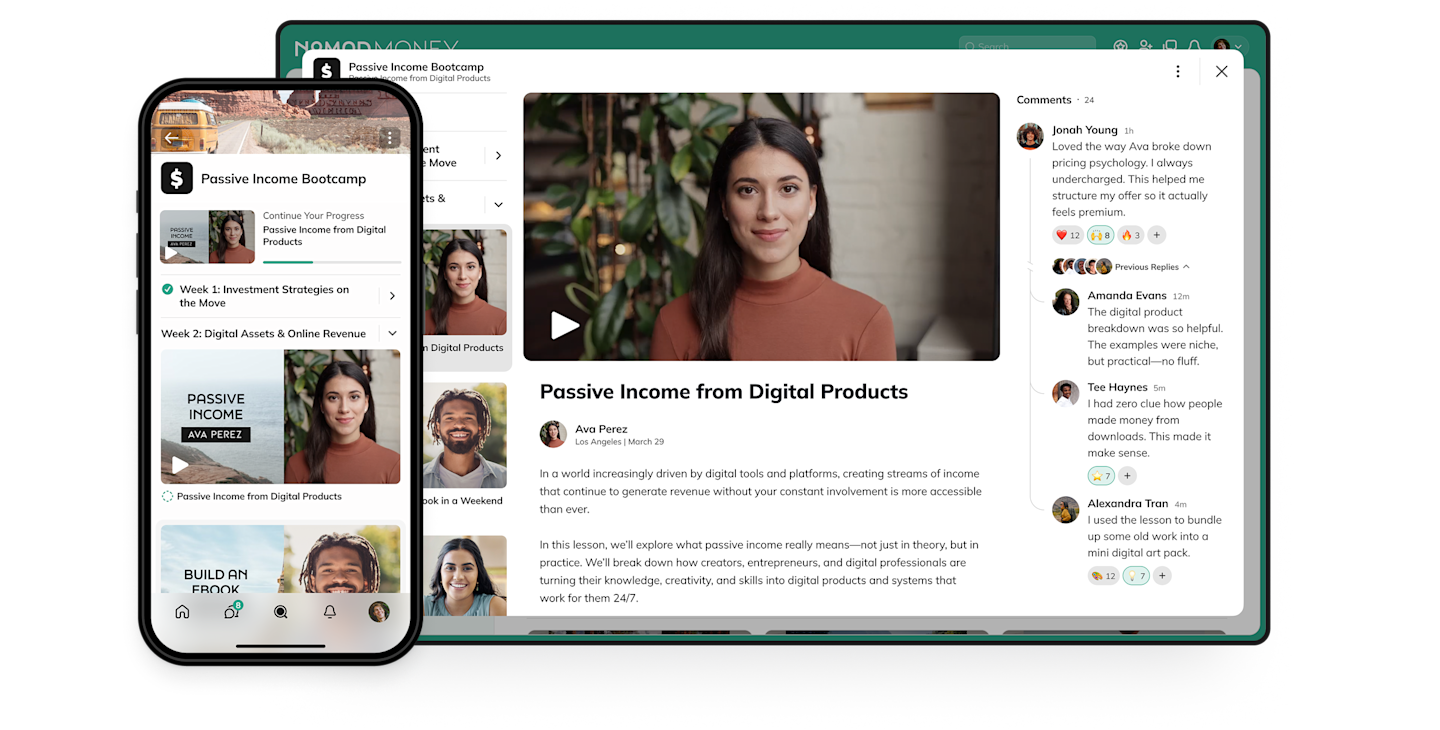
Step 4. Choose a profitable business model
Ok, so here’s the trick to make money selling digital products.
You need to choose a profitable business model or monetization model. There’s no one model that works, but thinking through some things at the outset will increase your chances of making money as you start a digital business.
Price what it's worth: Pricing can always be a bit scary, especially for a first-time entrepreneur. Most first-timers are tempted to charge too little. But this means you don't earn enough to be profitable. ALSO, we’ve learned from pricing online communities and courses that charging more helps your members succeed. It’s easy to forget about a course you paid $12 for. You need people to have skin in the game.
Keep your overhead low: It's easy to get caught up in the coolest marketing tools, nifty customizations, fancy cameras, or the highest-end builders. But if you can keep your costs low at first, you’ll increase profitability and prove the model. You can always spend on more tech goodies as you grow.
Recurring revenue: While it's not always possible, if you can create a product that brings you recurring revenue you are well on your way to a profitable business model. Products that require payments again and again (e.g. a membership) can be really lucrative.
Pre-sell: A lot of people will say, ”That’s a great idea for a product!” But that doesn’t mean they’ll fork over the cash to pay for it. One great way to make sure your digital course will be profitable is to pre-sell it before you launch it. If people are willing to pay upfront, you know you’ve got the revenue locked in!
Step 5. Choose your tech
There’s always going to be some tech and/or tools involved in creating and delivering a digital product, such as the equipment you’ll need to build an online course. We won’t get into all the many choices and details here, but we’ll link to some other articles below to give you some ideas.
And if you want to try our awesome community, course, and events platform, check it out!
Step 6. Build & launch your digital product
The next step is to build your digital product on the platform of your choice!
Ready to start?
This list has given you 45 different digital products to sell. Hopefully, you found it inspiring and useful as you set out building your first–or twenty-first–digital product.
And if you are thinking about courses, community, and/or events, come build with us! We built an awesome, all-in-one platform that will give you everything you need to create an online business that generates a ton of revenue for you! In fact, you could start selling your first memberships in the next ten minutes!
Start building with Mighty Networks!
Ready to start building your community?
Start a free 14-day trial to explore Mighty—no credit card required.
More like this
Join Mighty Community
Learn the principles of Community Design™ (and see them in action) alongside thousands of creators and entrepreneurs. It's free to join!
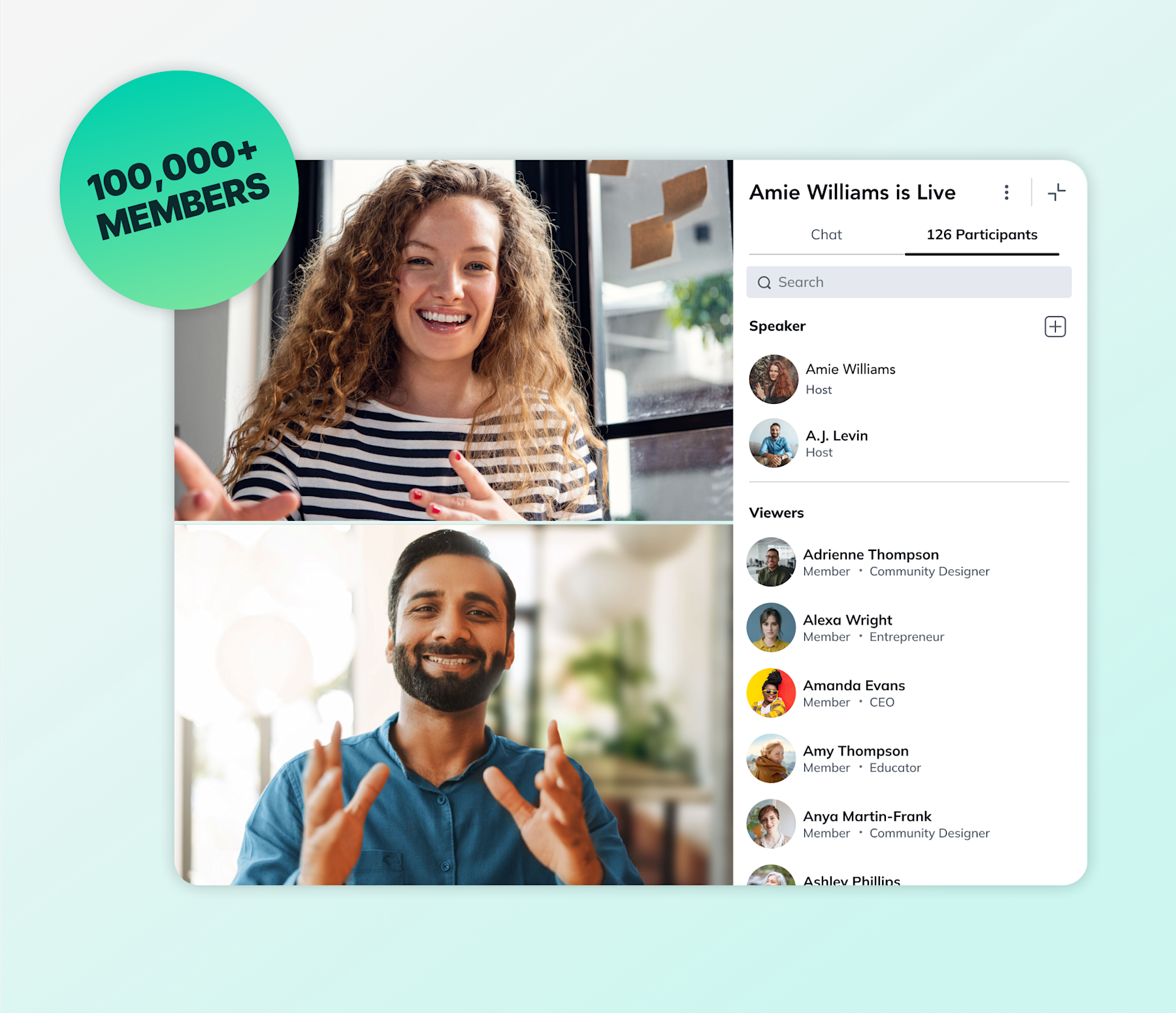
Online Courses
Creating a Course
Teaching a Course
Course Platforms
Selling a Course
Communities & Memberships
Community Platforms
Managing a Community
Building a Community
Growing a Community
Monetizing a Community
Content Creation
Creators & Entrepreneurs
Monetization
Content Creation
Starting a Business
Website Builders
Creating & Managing a Website
Events
Event Platforms
Hosting & Marketing Events
Branded Apps
Creating a Mobile App
Coaching Apps
Community Apps
Coaching
Mastermind Groups
Starting a Coaching Business
Coaching Platforms
Filter by Category
Online Courses
Communities & Memberships
Creators & Entrepreneurs
Events
Branded Apps
Coaching
Build a $1 Million Community
This free masterclass went viral—sign up to learn why.

